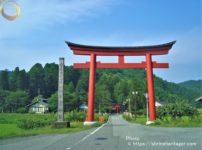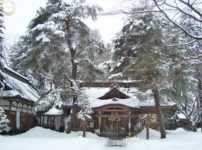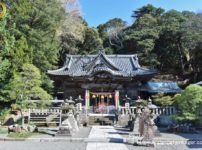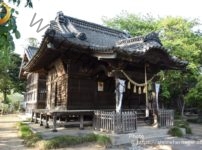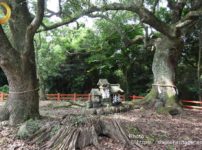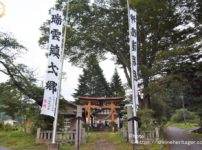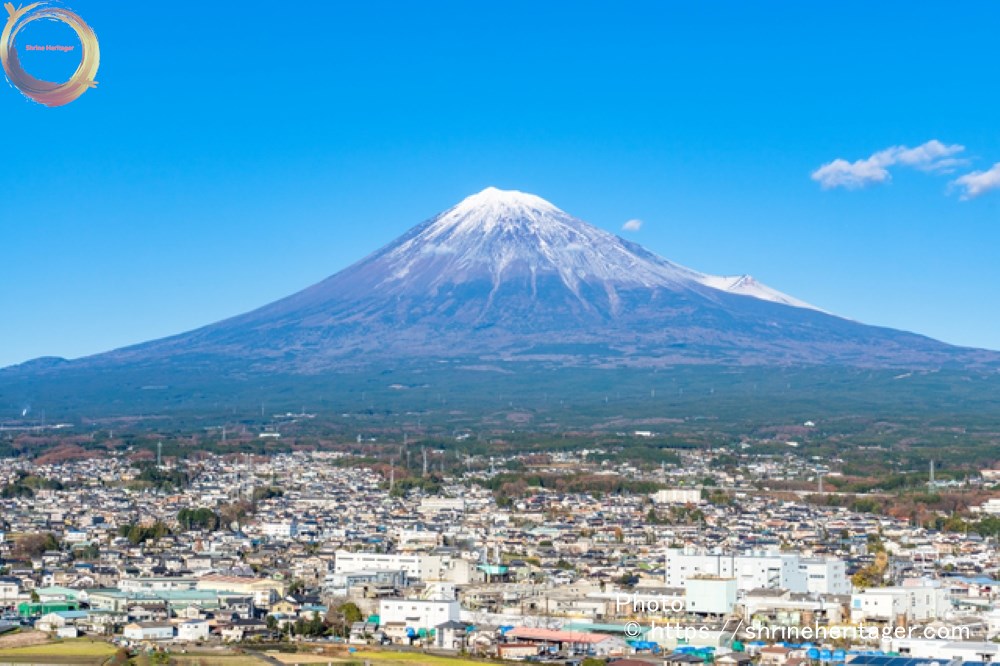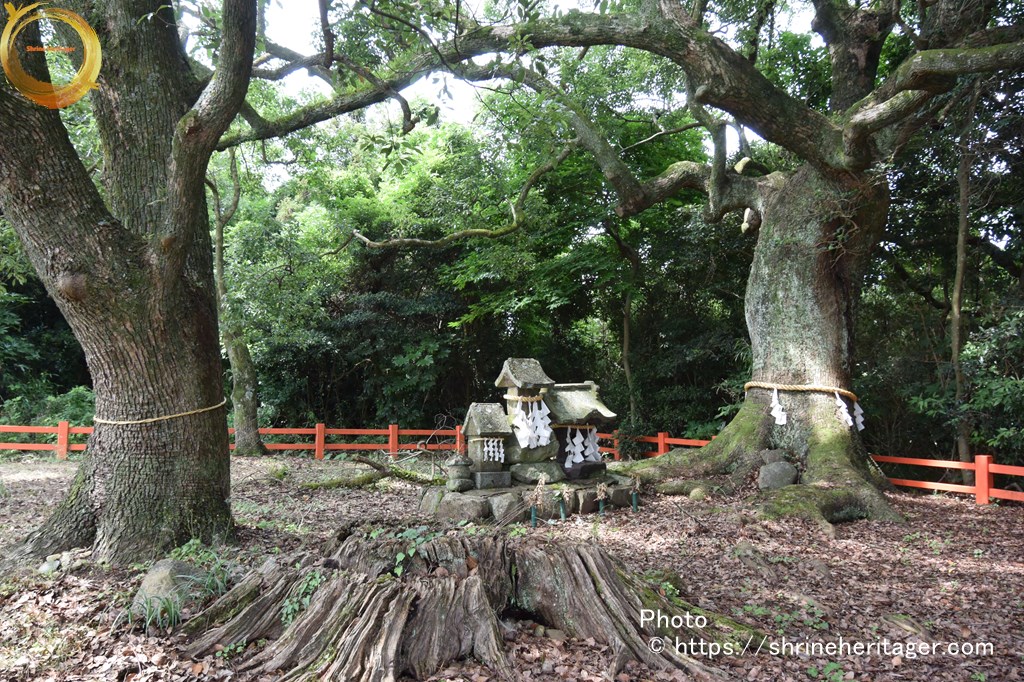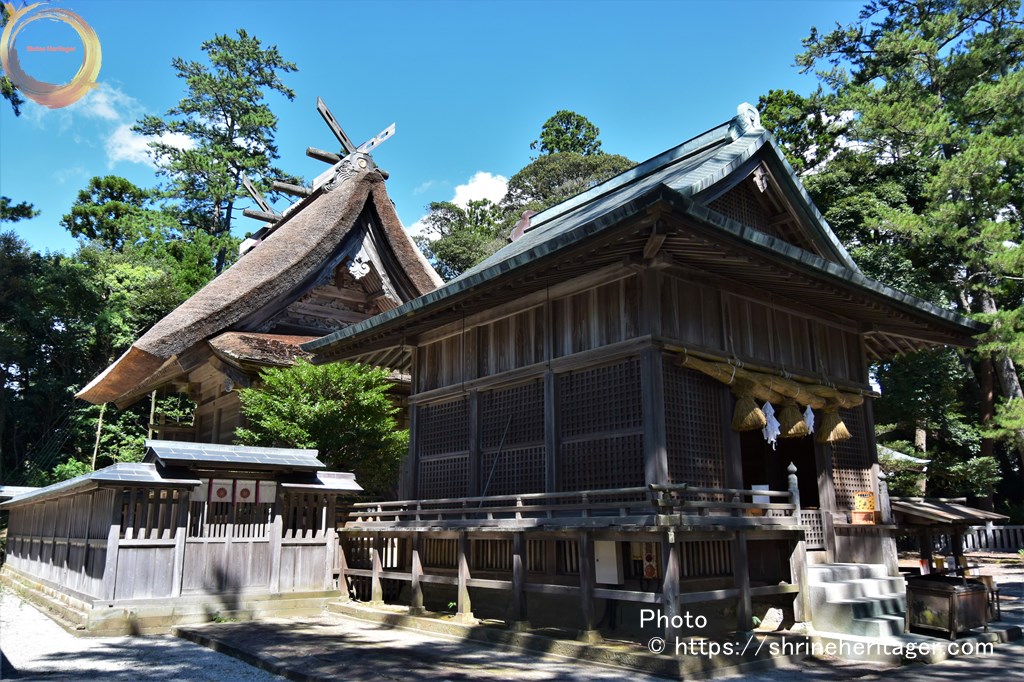The Best Shrine in Japan
Ko shrine (ko shline) is sitting right next to the ruins of the ruins of the royal capital of Iki (Iki) when Iki was the time of the royal system, and pays the 鑰 of the government office and the seal of the national government office. It is called by the company name of "In 鑰 Daimingjin" as a place, and it conveys a stately and high reason The common name of the villager is "Ichinomiya" And now it is the original Uchinajin Taisha "Ten te eldest son shrine" and "Ikikuni Ichinomiya" is our company " The theory that it is "Ko Shrine" is powerful.
水若酢神社(Mizuwakasu Shrine) is located in the five districts of Okinoshima Town (Dogo) in Ichinomiya, Oki Province. It was founded in the era of the 10th Emperor Sujin, and is an old shrine with a beautiful precinct where old black pine trees grow. It is said that Mizuwakasu no mikoto, the god of rituals, was the god of land development in Oki Province and the protection of the Sea of Japan.
The Dozu Shrine was moved to its present location because of the flood in 1470 and old documents such as shrine sites, history, good luck, etc. were washed away.
Tamanoya shrine (Hofu City) is listed as "Tamaso Shrine Niza" in 『延喜式神名帳(engishiki jimmeicho)』 God Name Book. ) as the god of the festival, but the god of the other one is unknown, and in the company's story, the Tsunesei Naganary chicken collected and played at the time of "Iwato Kakure of the Heavens of Ameteru Ogami" famous for "Japanese mythology" is the god of the festival . It is said that "玉祖命(tamanoya no mikoto)" was taken to this place and stayed in this place, and it is designated as a natural monument, and it is bred in the precincts.
Komagata Shrine Headquarters is called "Riku Chugoku Ichinomiya", and "Okumiya" is settled on the summit of Komagatake Mountains. In ancient times, it was thought that the area around the area was a production area for war horses. It is also said that in accordance with the Shinto Buddhist study with the horse head Kannon and Dainichi Nyorai, they are solicited and widely worshiped in various parts of Eastern Japan.
See more articles on the best shrines in Japan
Enki-shiki Shinmeisho
鳴無神社(otonashi shrine) (Uranouchi, Suzaki City)
Naruno Shrine is said to be the original shrine of Tosa Shrine (Tosa Kuni Ichinomiya) According to legend, it is the beginning of The Naruno Shrine that dedicated the "one word main life" that was washed away by Tosa and drifted to Uranouchi Bay.
Ikonahime no mikoto shrine (Shirahama Shrine)
Ikonahime no mikoto shrine, according to the good luck of the shrine, "This god is transferred here from Miyakejima, and it will be transferred to Mishima later", and the pioneer god of izu islands "Mishima-jin - Mishima-jin" and the empress god "Ikonahime no mikoto" The hill "hitachiyama" on the Shirahama coast of the jinzachi area is a ritual site that enshrines the Izu Islands since ancient times, but the rituals of Ikonahime no mikoto Shrine are still continuing.
List of 36 seats sitting in the imperial palace "Enki-shiki Shinmeisho"
The Engishiki Jinmeicho was compiled in 1927.
At that time, a list of "government offices of the whole country" (a shrine that receives mints from the priest is put up at the prayer year festival (Every February)
The major classification is for each administrative division at that time.
"Miyanaka and Gyeongchu" and "Kinai"
"Seven Roads (Tokaido, Higashiyamado, Hokurikudo, Sanindo, Sanyodo, Nankaido, Nishikaido)"
The middle classification is by country (classification close to the current prefecture)
Small classification by county (classification close to current municipality)
Details are covered by shrine and written.
このページは
Sitting in "Miyanaka" (36 seats... It is a list of the large (deposit month Shinjo) 30, small 6) shrine
See more articles on Enki Shiki Shinmeisho
Izumo Kuni Fudoki Shinmei book
See more articles on Izumo Kuni Fudoki Shinmeisho
Other old shrine
Kashima Shrine is said to have been founded in the Tianqing period (938-947), but now it is a dead tree, but there is a large shrine with a trunk circumference of more than 10 meters that was once a god tree, and a joint bath was set up at the base of the big tree. In the precincts, a monument to honor the achievements of Eiichi's teacher, Ranka Odana, has been built.
Shiine Tsuhiko Shrine (Shiimiya)
Shiimoto Tsuhiko Shrine (Shiimiya) enshrines Shiinetsuhiko no ikoto of Kunitsujin, which was appointed by Emperor Jinmu, who started east marching in 667 BC, as a guide to the sea.
Tefue Shrine (Bungo-Takata City)
Tefue Shrine is said to be 8 set shrines outside the border of Usa Jingu Yukikai, and it has a long time as one of the visiting sites of the Yukikai.
Aramatayama Shrine Haruka Eden (Saku City Yamasadari)
As the name suggests, Arafuneyama Shrine is a place to worship Mt. Mikafune (arafuneyama) as "kannabi" where God dwells.
See more articles from other old companies
おすすめ記事
-
 1
1 Mt. Fuji World Cultural Heritage Component Assets and More about Sengen Shrine
As a criterion (iii) of the World Cultural Heritage "Mt. Fuji - Object of Worship and Source of Art", it is written that "Through the ascent to the summit and pilgrimage to the sacred place at the foot of the mountain, which has inspired the tradition of mountain worship from ancient times to the present day, pilgrims wished to imbue themselves with the spiritual power of the gods and Buddhas who live there."





